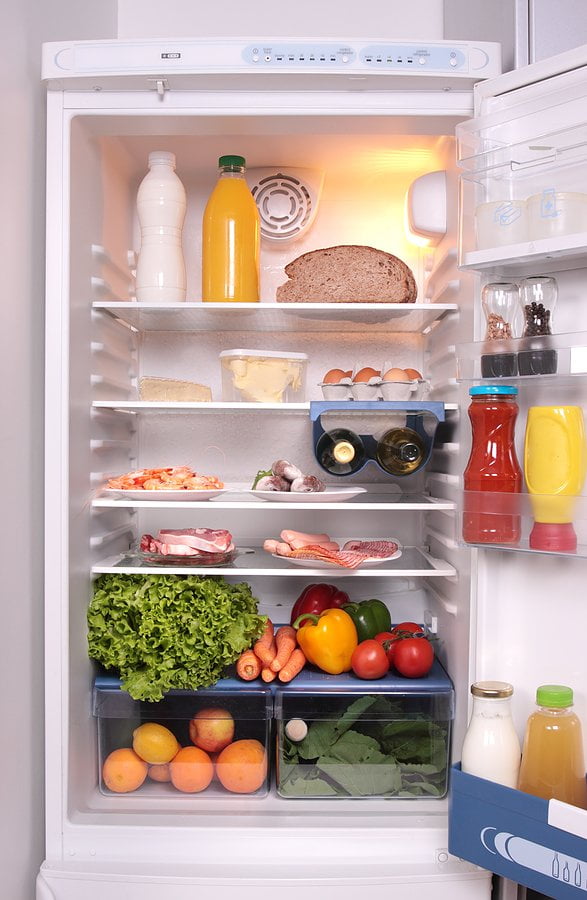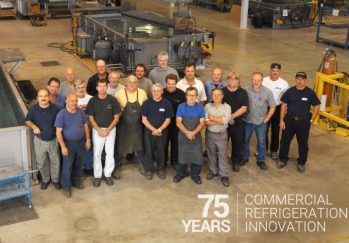Safe Handling of Food for Refrigeration in the home – Part Five
Refrigeration Safety in the Industrial Sector-Not just for Food – Part Six
July 11, 2012When Good Food Goes Bad – Part Four – Industrial Refrigeration and Food Safety
July 11, 2012Keeping food safe requires proper handling practices. This begins at home and is logically carried over into the industrial/commercial areas of food storage.
Hot food can be cooled prior to refrigeration by rapidly chilling it in ice or in cold water but it isn’t necessary. Food can be placed directly into the refrigerator. Proper handling and refrigeration of that food means ensuring that it is covered to retain moisture and prevent odours being picked up from other foods.
Soups and stews should be divided into small portions and put into shallow containers before being refrigerated and large cuts of meat or whole poultry should also be divided into smaller pieces and placed in shallow containers before refrigerating.
Professional kitchens know the importance of food segregation, temperature and placement.

Keeping a temperature of 40 degrees F or below throughout a refrigeration unit will make any place within the unit safe for storing food.
Adjustable shelves, storage bins, meat and cheese drawers and crispers have features built in to provide a proper storage environment for fruits, vegetables, meats, poultry and cheese.
Adjustable shovels can accommodate a variety of packages for storing. Tempered lass helloes make clean up easy. Pull out shelves provide easier accessibility to items placed in the back.
Sealed crisper drawers provide optimal storage and some come with controls to allow consumers to customize each drawer’s humidity level.
An adjustable temperature meat drawer will maximize storage for cheese and meat because addition local air is directed into the drawer keep the temperature at its ultimate low without freezing.
Perishable foods should never be stored on the door of a refrigerator. Because the temperature of the storage bins located on the door of a refrigerator fluctuate more than within the cabinet itself, refrigerator doors should be kept closed as much as possible.
Industrial Refrigeration Professionals are acutely aware of safety measures, maintenance and support for the challenges their industry faces. Refrigeration Safety in the Industrial Sector goes beyond the homeowner’s limited ability to control their systems.
Part Six will discuss the efficient managment of industrial refrigeration systems.



